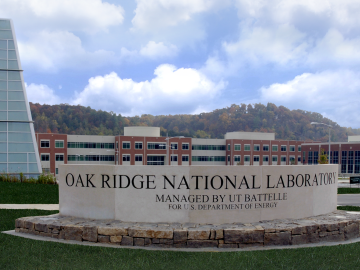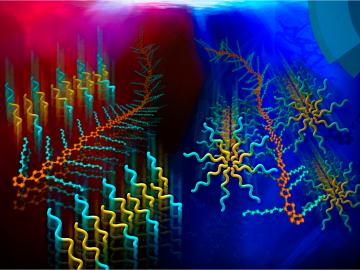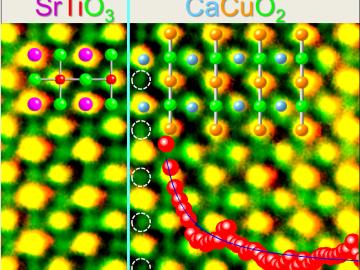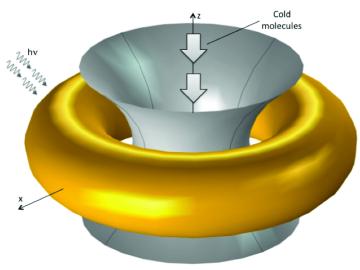Filter News
Area of Research
- (-) Materials (39)
- (-) Nuclear Science and Technology (6)
- (-) Supercomputing (20)
- Advanced Manufacturing (3)
- Biological Systems (3)
- Biology and Soft Matter (1)
- Building Technologies (2)
- Chemical and Engineering Materials (2)
- Chemistry and Physics at Interfaces (6)
- Clean Energy (41)
- Computational Chemistry (1)
- Energy Frontier Research Centers (7)
- Functional Materials for Energy (6)
- Fusion Energy (1)
- Geographic Information Science and Technology (2)
- Isotope Development and Production (1)
- Materials Synthesis from Atoms to Systems (5)
- Materials Under Extremes (6)
- Neutron Data Analysis and Visualization (2)
- Neutron Science (10)
- Quantum Condensed Matter (2)
- Reactor Technology (1)
- Transportation Systems (2)
News Type
Media Contacts

Award-winning author Richard Rhodes, who wrote the book “The Making of the Atomic Bomb,” told an Oak Ridge audience that despite new forms of clean energy being developed, coal is still the world’s primary producer of energy, listing several reasons.
“In a world...

Engines, laptops and power plants generate waste heat. Thermoelectric materials, which convert temperature gradients to electricity and vice versa, can recover some of that heat and improve energy efficiency. A team of scientists at the Department of Energy’s Oak Ridg...

Quasiparticles—excitations that behave collectively like particles—are central to energy applications but can be difficult to detect. Recently, however, researchers have seen evidence of quasiparticles called negative trions forming and fading in a layer of semiconducting mate...

Steady progress in the development of advanced materials has led to modern civilization’s foundational technologies—better batteries, resilient building materials and atom-scale semiconductors. Development of the next wave of materials, however, is being slowed by the sheer co...

Oak Ridge National Laboratory is marking the 50th anniversary of the startup of its Molten Salt Reactor Experiment this month. A workshop on molten salt reactor technologies Oct. 15-16 at ORNL will bring together government representatives, U.S. and international researchers, ...

Harvesting oil, mitigating subsurface contamination, and sequestering carbon emissions share a common thread—they deal with multiphase flows, or situations where materials are flowing close together in different states (solids, liquids, or gases) or when the flow is comprised ...

The efficiency of solar cells depends on precise engineering of polymers that assemble into films 1,000 times thinner than a human hair.
Today, formation of that polymer assembly requires solvents that can harm the environment, but scientists at the Department of En...

Electron microscopy at the Department of Energy’s Oak Ridge National Laboratory is pointing researchers closer to the development of ultra-thin materials that transfer electrons with no resistance at relatively high temperatures.
The study delivers direct evidence of high-tem...

Some of the 300 million tires discarded each year in the United States alone could be used in supercapacitors for vehicles and the electric grid using a technology developed at the Department of Energy’s Oak Ridge National Laboratory and Drexel University.
By em...

Single atoms or molecules imprisoned by laser light in a doughnut-shaped metal cage could unlock the key to advanced storage devices, computers and high-resolution instruments.
In a paper published in Physical Review A, a team composed of Ali Passian of the Depa...




